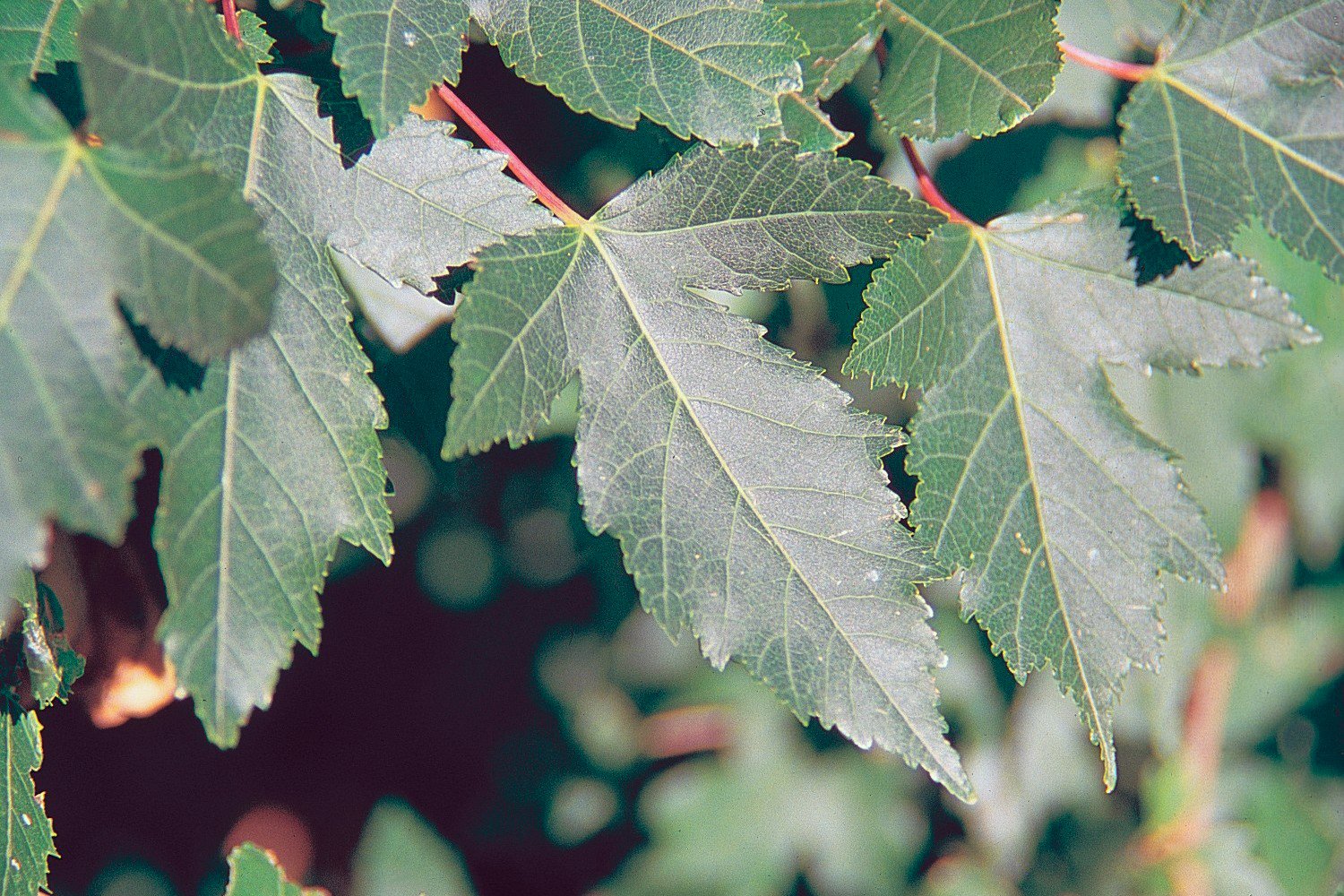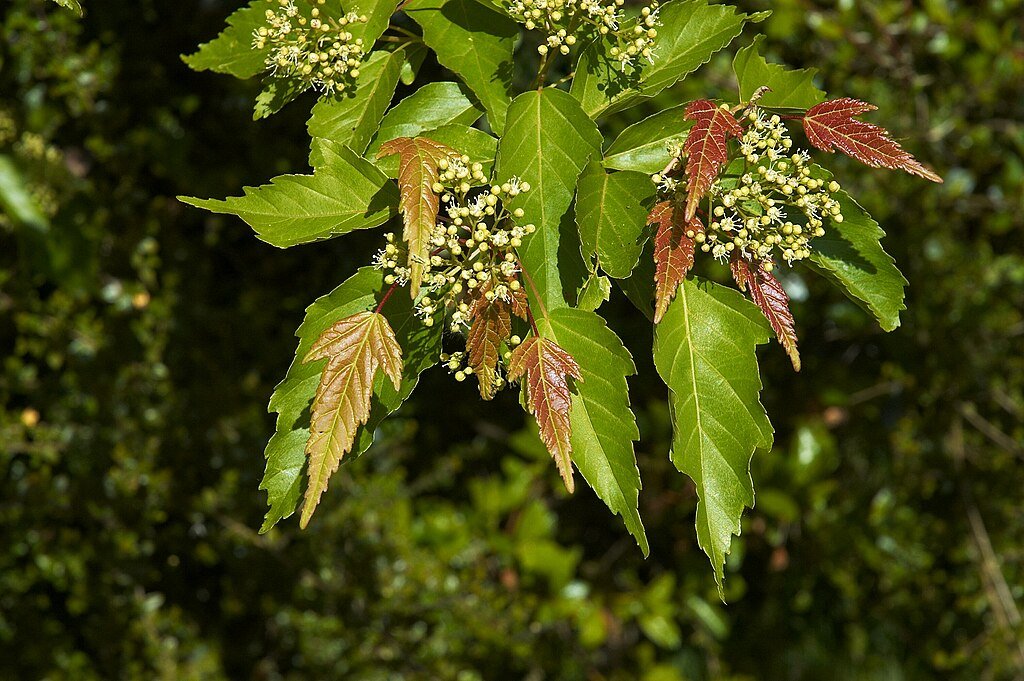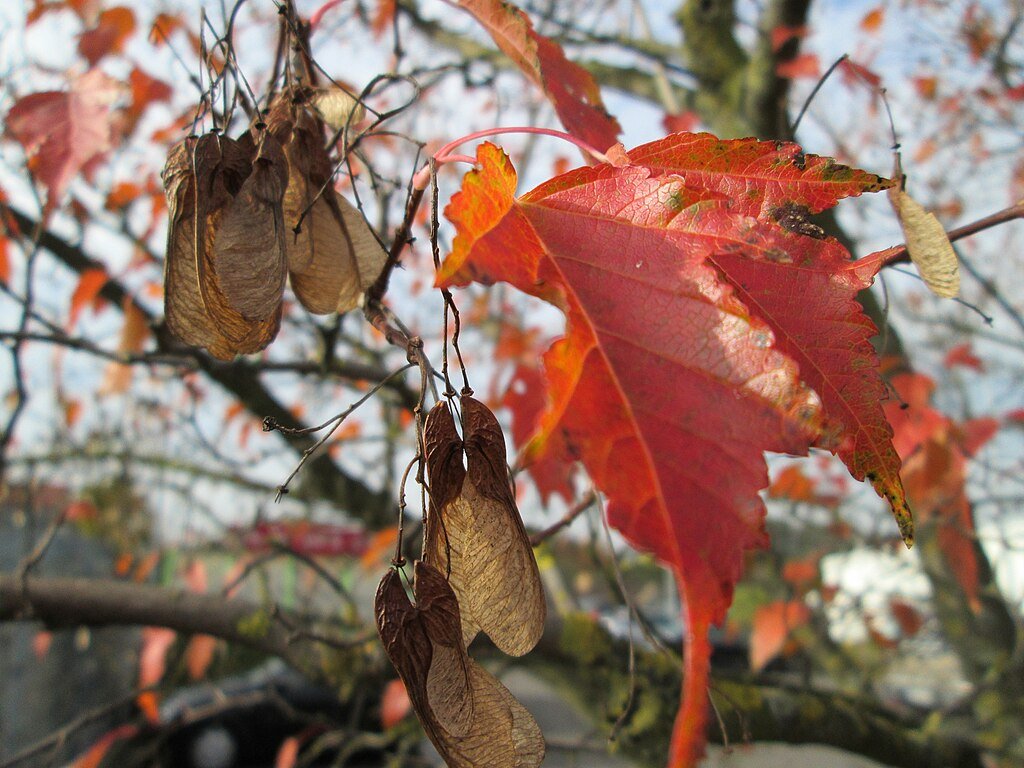The Acer Ginnala: An Aesthetic Addition to Any Landscape



The Acer ginnala, commonly known as the Amur maple, is a tree species appreciated for its aesthetic appeal, adaptability, and ecological benefits. This post provides an in-depth look at this species' characteristics, cultivation, and environmental role.
Growth Habit (Shape, Height, and Width)
The Acer ginnala typically grows as a tree or a rounded shrub. It has a rapid growth rate, with a mature height of approximately 20 feet. The maximum mature height at base age is about 15 feet. This compact size makes it suitable for both large and small landscapes.
Seasonal Aesthetic Appeal
The Acer ginnala is a deciduous tree with medium-textured foliage that is green in color. The leaves are also conspicuous in the fall, transforming into vibrant shades of red and orange. This seasonal change adds a dynamic visual element to any landscape.
Flowers and Seeds
The flowers of the Acer ginnala are white and typically bloom in mid-spring. The flowering period contributes to the tree's aesthetic value. It is one of the reasons it is popular in various landscapes. Following the flowering period, the tree produces brown fruits or seeds. The fruit/seed abundance is high, beginning in the summer and ending in the fall. However, it's worth noting that the seedling vigor is low.
Adaptability to Various Soil Types
The Acer ginnala can grow in coarse to medium soil textures. It requires a medium soil moisture level and a medium-fertility requirement. It also has a medium salinity tolerance and calcium carbonate tolerance, indicating its adaptability to various soil conditions.
Native Range and Hardiness
The Acer ginnala is native to East Asia, including areas of Russia, Mongolia, and northern China. In North America, it is found in various regions. It is hardy and can thrive in USDA hardiness zones 1 to 9 and AHS heat zones 1 to 7. This wide range of hardiness zones makes it versatile for different climates.
Sun Exposure and Landscape Use
Its rapid growth, attractive foliage, and flowers make it popular for ornamental landscaping. The Acer ginnala has an intermediate shade tolerance, indicating that it can grow in both full sun and partial shade. This adaptability makes it a suitable choice for various landscape settings.
Disease & Pest Resistance and Ecological Role
The Acer ginnala has a medium tolerance to pruning, a high fire tolerance, and no known toxicity, making it a relatively low-maintenance plant. However, it has a low drought tolerance. Despite its low palatability to browsing and grazing animals, it plays a crucial role in the ecosystem by providing habitat and food for various insects and birds.
Known Cultivars of Acer Ginnala
Acer ginnala has several known cultivars, each with its unique characteristics:
'Flame': This cultivar is known for its fiery red autumn foliage and strong vigor. It is fast-growing with long arching branches, making it a standout in any landscape during the fall season. It has red fruit and flame-red fall color.
'Beethovan™' (Acer ginnala 'Betzam'): This cultivar has a narrow, columnar habit with yellow-red fall color and red fruit. Its unique shape makes it an exciting addition to a variety of landscapes.
'Embers': Characterized by red fruit and red fall color, this cultivar adds a vibrant touch to any garden or landscape. Its striking color can serve as a focal point in a landscape design.
'Emerald Elf': This is a dwarf form of Acer ginnala. Its smaller size makes it a versatile choice for landscapes with limited space or uses in container gardening.
Each of these cultivars brings unique characteristics to the landscape, offering a range of options for gardeners and landscapers. Whether you're looking for a tree with vibrant fall color, a unique growth habit, or a smaller size for limited spaces, there's an Acer ginnala cultivar to meet your needs.
In conclusion, the Acer ginnala is a versatile and attractive tree species that can enhance a variety of landscapes. Its rapid growth, hardiness, aesthetic appeal, and ecological benefits make it popular among gardeners and landscapers. However, like all plants, it requires certain conditions to thrive, including appropriate sun exposure, soil moisture, and protection from pests and diseases.
